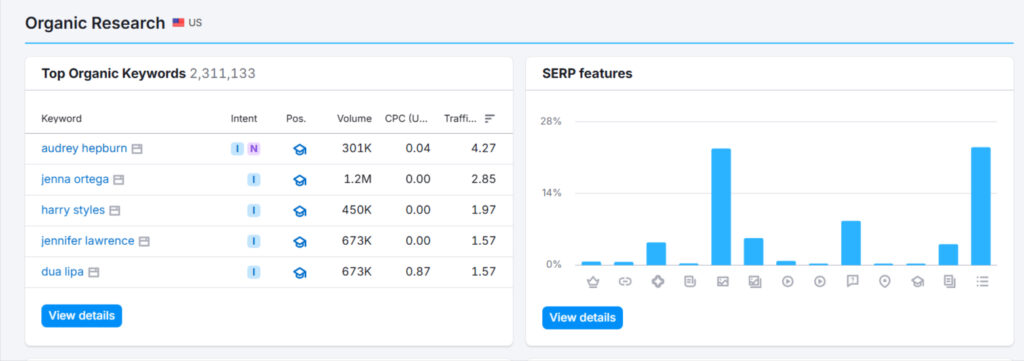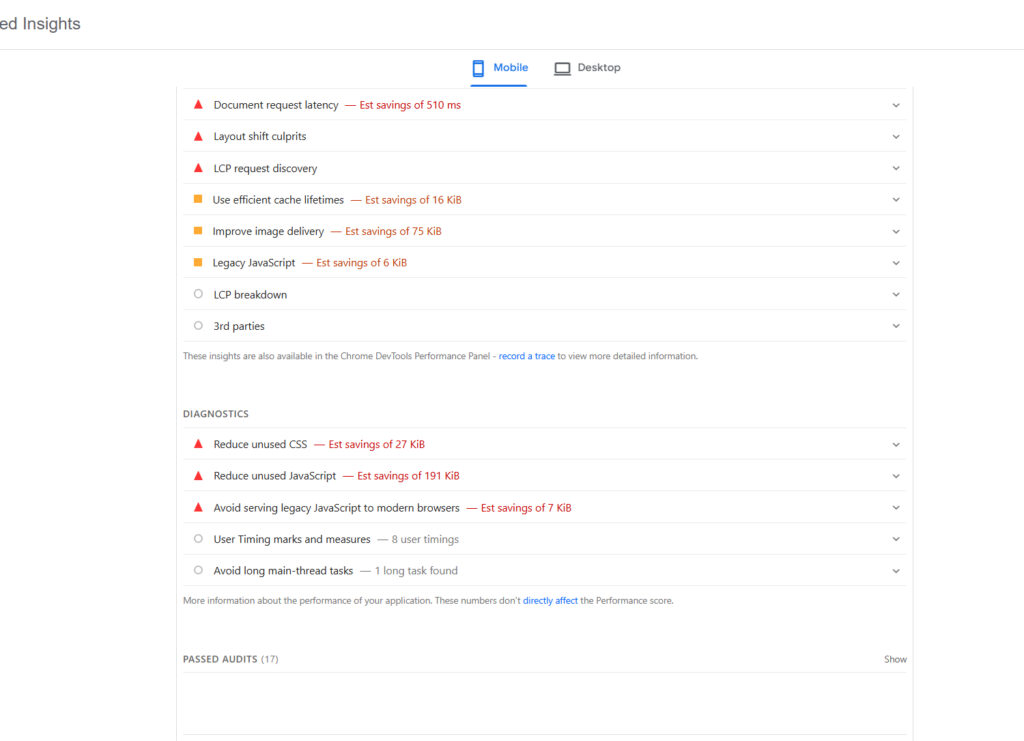Google AI Overviews appear in over 50% of search results and sit above traditional listings. That is why getting your website featured here means prime visibility. Let’s learn how to rank in Google AI overviews and tap into the more diverse traffic in 2025 and beyond.
Start by identifying keywords that actually trigger AI Overviews. These aren’t random, as they follow specific patterns. Focus on informational keywords that start with “how to,” “what is,” “why does,” or “how does.” For example: “how to start a garden” or “what causes headaches.” Target comparison keywords like “X vs Y” or “best X for Y.” These queries need comprehensive answers that AI Overviews love to synthesize. Look for problem-solving keywords where users need step-by-step help. Search for “[problem] + solution” or “fix [issue]” type queries. Next, you must structure your content so AI systems can easily extract information. Start every article with a direct answer summary in 50-70 words. Place this in the first paragraph or a summary box. Also, always make sure to answer the main question immediately. Write descriptive headings that match search queries. Instead of “Getting Started,” write “How to Start Your First Vegetable Garden.” Use the exact phrases people search for. Break content into logical sections that build understanding step-by-step. Move from basic concepts to advanced details. Add FAQ sections to your articles. Use actual questions people ask, then provide complete answers. This creates perfect question-answer pairs for AI extraction. Include summary sections after long explanations. These bite-sized takeaways often get pulled into AI Overviews. AI systems need clear, direct language to extract your content effectively. Adjust your writing style accordingly. Use simple, conversational language. Avoid jargon, complex sentences, or industry terminology that confuses readers. Provide complete answers, not partial ones. If someone asks “how often to water plants,” include frequency, amount, seasonal changes, and warning signs. Answer follow-up questions within your content. After explaining the main topic, address what users typically want to know next. Use numbered lists and bullet points for step-by-step processes. AI systems extract these formats easily. Define terms clearly when first mentioned. Don’t assume readers know industry terminology. Your website’s technical performance directly impacts AI Overview inclusion. You should fix these elements first. Start by improving page loading speed. For that, you can use tools like PageSpeed Insights to identify and fix speed issues. Remember, fast pages have better chances of AI Overview inclusion. Build internal links between related articles. This helps Google understand your site’s topical authority and content relationships. Fix broken links and ensure smooth navigation. Technical issues hurt your chances of being featured. Google favors sites that demonstrate expertise on specific topics. That is why you must build authority systematically. Create comprehensive coverage of your main topics. Don’t write just one article about gardening; cover soil types, plant selection, watering techniques, pest control, and seasonal care. Publish consistently on related topics. Regular publishing shows ongoing expertise and keeps content fresh. Include expert quotes, statistics, and original research when possible. Unique information sets your content apart from competitors. Many businesses working with professional SEO services in Sheffield have found success by creating comprehensive content hubs that cover all aspects of their industry expertise. That is why experts recommend updating existing content regularly. Add new information, fix outdated details, and expand sections based on user feedback. Link related articles together to create topic clusters. This shows Google your comprehensive coverage of subject areas. Track your AI Overview performance to understand what’s working and optimize accordingly. Search for your target keywords manually. Check if your content appears in AI Overviews and note which sections get featured. Monitor organic traffic changes in Google Analytics. Look for increases in impressions and clicks from your target keywords. Use Google Search Console to track keyword performance. Watch for changes in click-through rates that might indicate AI Overview inclusion. Set up alerts for your brand name and key topics. This helps you catch AI Overview appearances you might otherwise miss. Test different content formats and structures. Compare performance between FAQ-style content, how-to guides, and comparison articles. Once you’re getting AI Overview features, expand your strategy systematically. Analyze which content gets featured most often. Look for patterns in structure, length, topic type, or format. Create more content using successful formats. If your how-to guides perform well, create more step-by-step content. Expand into related keywords and topics. Use your initial success to build authority in adjacent subject areas. Optimize underperforming content. Update articles that aren’t getting AI Overview inclusion using your successful templates. Build content partnerships or expert collaborations. Additional expertise can help your content stand out in competitive topics. These mistakes will hurt your chances of AI Overview inclusion. Avoid them completely. Don’t stuff keywords into your content. Write naturally and focus on helping users, not gaming algorithms. Don’t create thin content that barely answers user questions. Provide comprehensive, helpful information. Don’t ignore user intent. Create content that matches what people actually want when they search specific terms. Don’t let content become outdated. Regular updates keep information current and improve AI Overview chances. Don’t focus only on rankings while ignoring AI Overviews. This new format requires specific optimization strategies. Looking ahead, one thing is sure. AI Overviews will continue evolving, and that is why you should prepare for changes while maintaining current performance. Focus on creating the best possible answers to user questions. Quality content remains the foundation of success regardless of format changes. Stay updated on Google’s announcements about search features. Adapt your strategy based on official guidance. Test new content formats as they emerge. Early adoption often provides competitive advantages. Monitor competitor strategies and successful AI Overview examples in your industry. Learn from what works. Keep user needs as your primary focus. Whether answers appear in traditional results or AI Overviews, serving user intent wins long term. Moiz Banoori is a seasoned Digital Marketing professional with over eight years of expertise in content creation and digital journalism. At REDLUMB, he spearheads teams to craft impactful SEO strategies that drive online growth and visibility. With a background in journalism, Moiz leverages his expertise in digital marketing to develop effective strategies that boost online visibility and help clients achieve their goals.
Step 1: Target The Right Keywords

Step 2: Create The Right Content Structure
Step 3: Write For AI Extraction
Step 4: Optimize Your Technical Foundation

Step 5: Build Topical Authority
Step 6: Monitor & Measure Results
Step 7: Scale Your Success
Step 8: Avoid Common Mistakes
Step 9: Future-Proof Your Strategy





